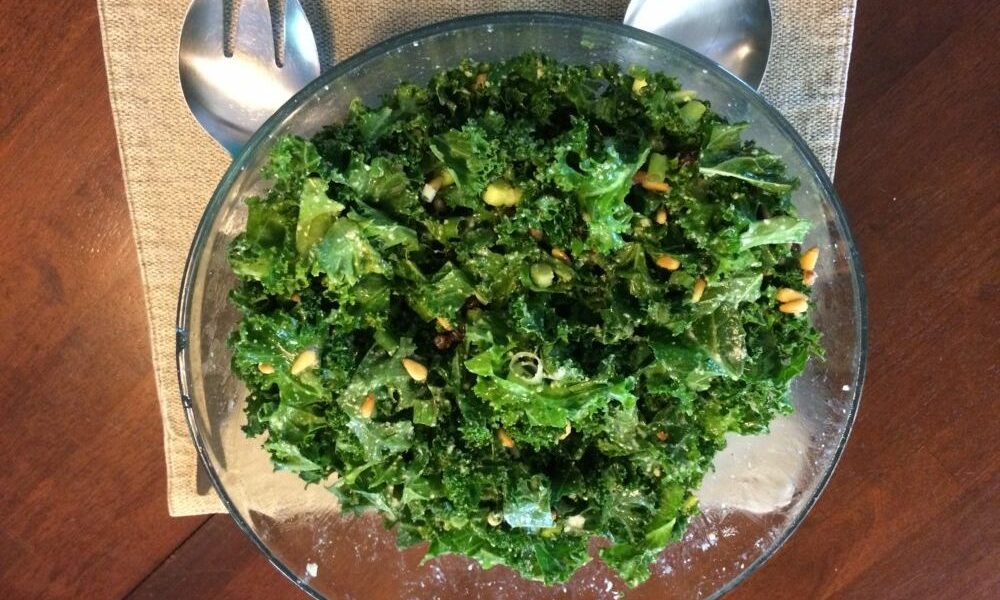Where do you get protein in your diet? Mine comes from dark green vegetables, legumes and whole grains. Did you know yellow and dark vegetables are a good source of protein as well as many other nutrients, vitamins and minerals?
In The Power of 5, Dr. Bernstein recommends a Mediterranean diet, rich in leafy dark vegetables, low-fat proteins (preferably fish, 4-8 oz), healthy fats like avocados and nuts, healthy carbohydrates such as legumes, as well as whole grains (quinoa and brown rice).
Some Facts About Protein and Vegetables
- Proteins make up one-third of the calories in the foods we eat, called macronutrients – proteins, fats, and carbohydrates.
- Many plants have a good amount of protein, therefore, when balanced with beans/legumes, this can make up complete proteins (20 amino acids), beneficial for the health of our organs and muscles.
- Bean varieties contain 15 grams of protein per cooked cup. Furthermore, they are an excellent source of complex carbs (good for you), fiber and vitamins.
- Vegetables are packed with antioxidants which help the body to boost immunity, as well as protecting the body from oxidant stress, diseases, cancers, and inflammation. Green, yellow and orange vegetables are rich sources of calcium, magnesium, potassium, iron, beta-carotene, vitamin B-complex, vitamin C, vitamin A, and vitamin K.
- Vegetables are filled with dietary fiber – both soluble and non-soluble. The make-up of the fiber helps with a range of issues related to colon health.
- The vegetables that have the most protein include peas, spinach, kale, broccoli, sprouts, mushrooms, brussel sprouts, Chinese cabbage or bok choy, greens (collard and mustard), artichokes, asparagus, watercress and corn.
- 1 cup of these vegetables contains from 0.8 grams to 3.3 grams of protein in addition to the abundance of vitamins and minerals that make up approximately 19% of the nutritional value.
Reminders
The average requirements for protein for a sedentary woman is 46 grams a day or 15 grams per meal. For sedentary men, 56 grams or 20 grams per meal.
Federal guidelines now recommend nine servings of vegetables and fruits a day. Head to the grocery store and try some delicious seasonal vegetables and fruits.
Let’s Get Cooking
The recipes I post in the Power of 5 Test Kitchen are flexible, with options and variations stated under cook’s notes. If you follow a Mediterranean style of eating, vegetarian, or plant-based vegan lifestyle, these recipes are for you! They provide a balance of the necessary proteins, healthy fats, and carbohydrates that are essential for our health. I hope you will try the recipes I post and use my adaptations to meet your dietary choices.
If you have any suggested favorite recipes you’d like me to try in The Power of 5 Test Kitchen to offer healthy adaptations, please forward them to me at [email protected] with your request, attach the recipe, and I will give it a try!
To healthy eating,
Melissa



